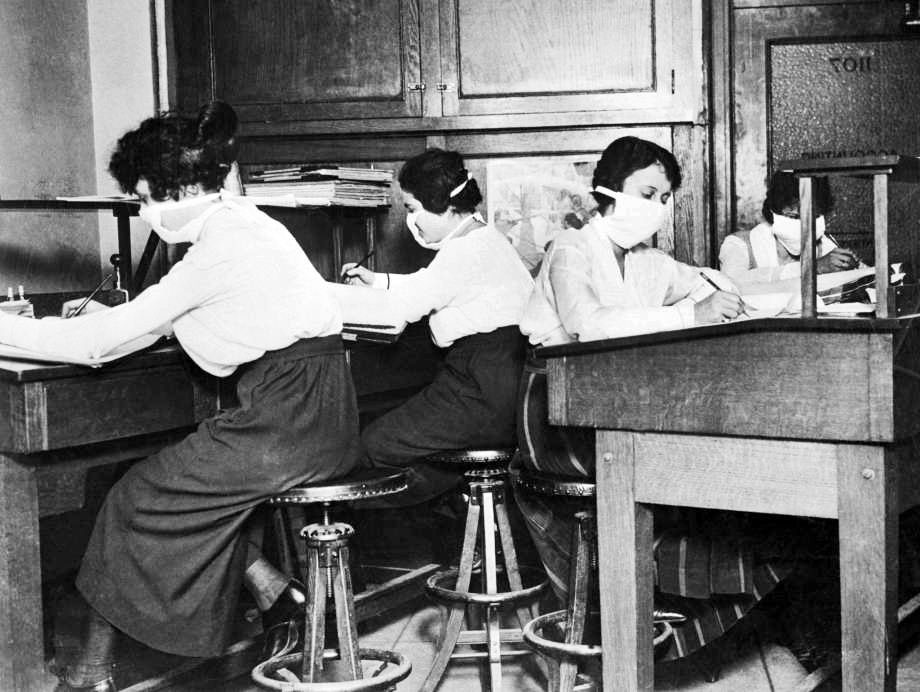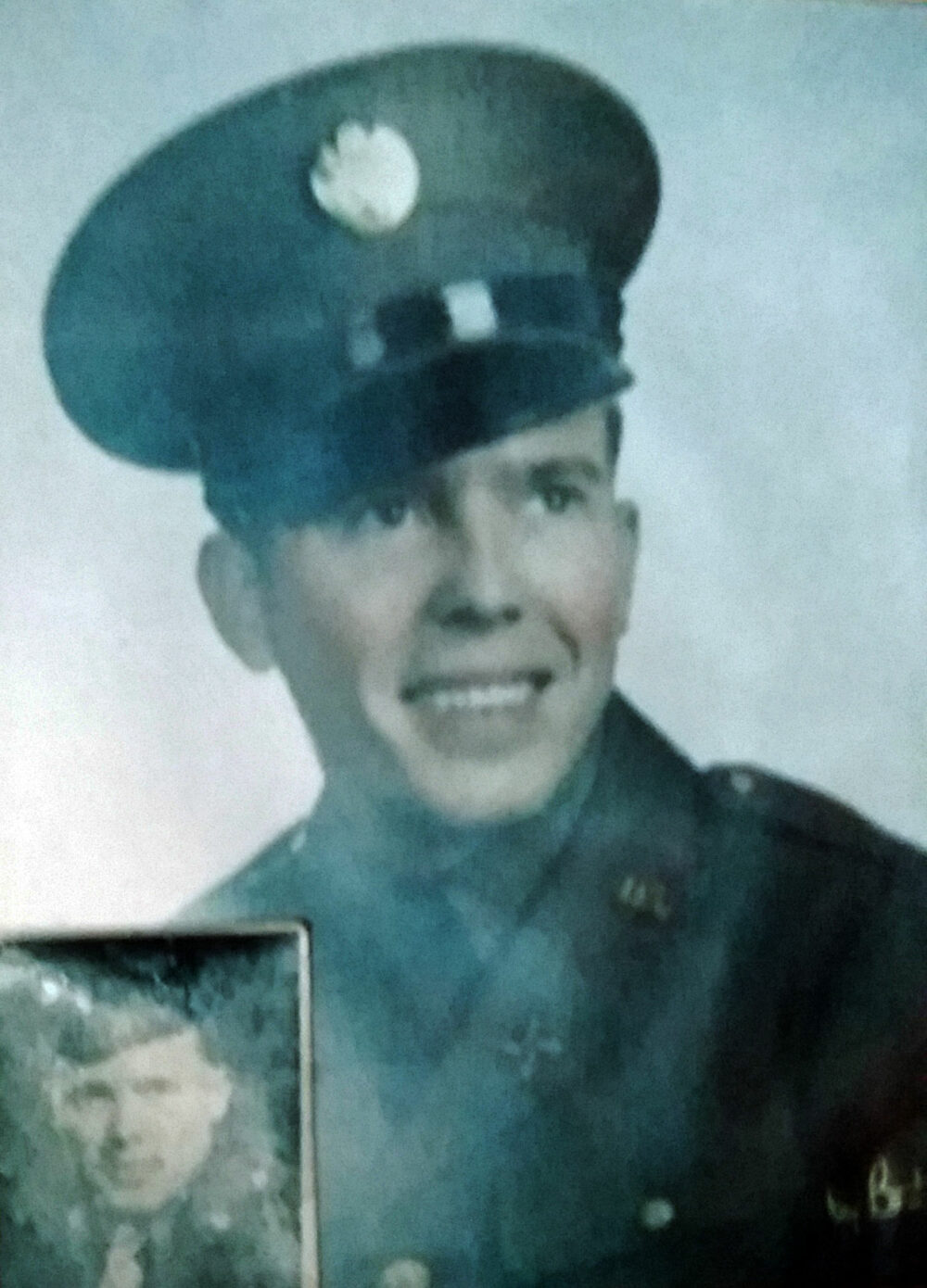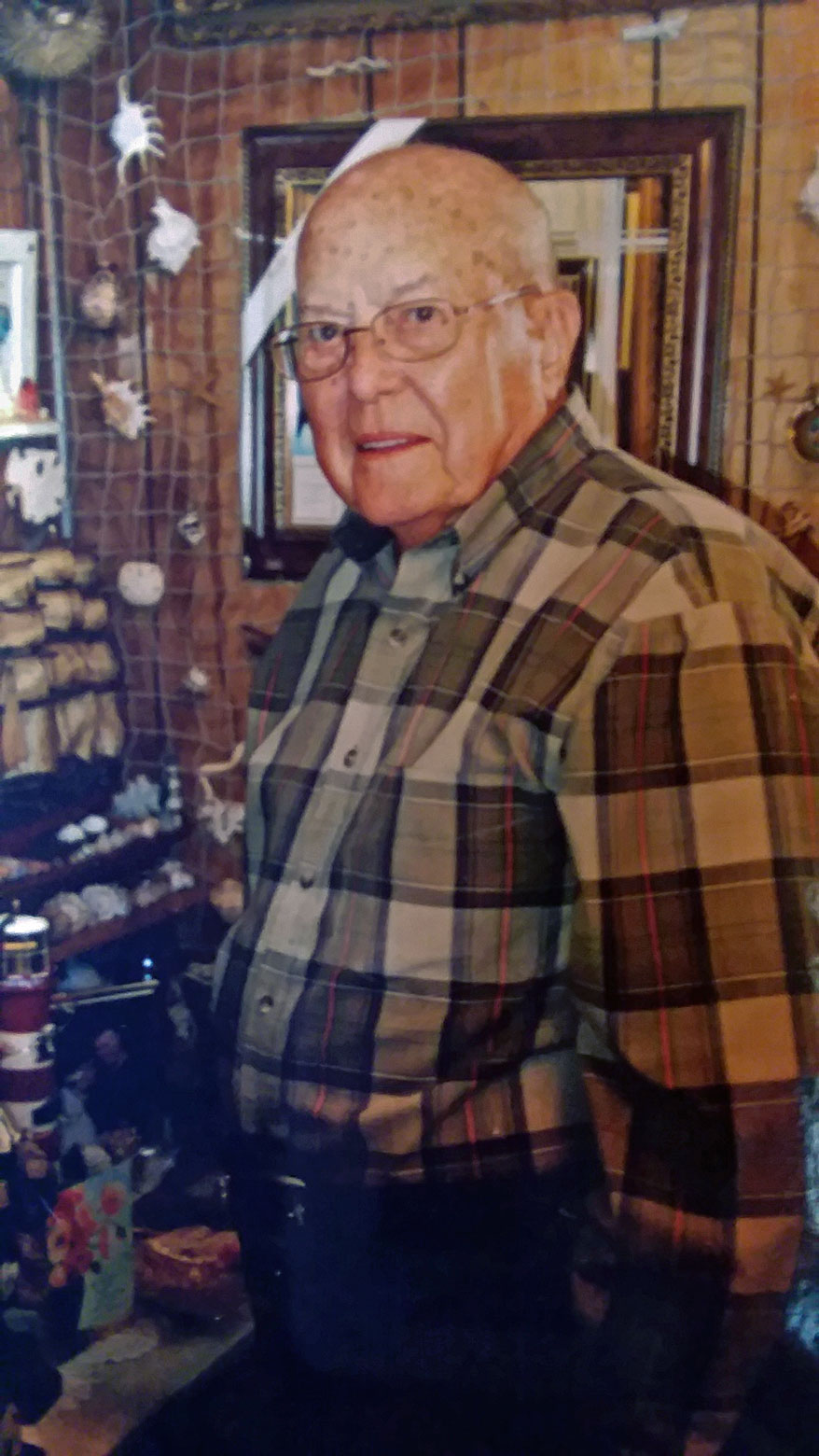The Year is…1918
by James Rada, Jr.
The Pandemic to End All Pandemics — Part 3
Spanish Flu rampaged through Frederick County and the world in the fall of 1918. During October 1918, the State of Maryland shut down public venues and businesses, and those places that could still open had trouble finding healthy workers.
On October 11, the Frederick Post reported that 50 people in the county had died from the flu; however, this seems too low just looking at the daily numbers it was reporting. The newspaper noted on October 12, “There are homes in this city where entire families are ill and bed-ridden with influenza and nobody to help care for them.”
County Health Officer T. C. Routson and the Red Cross called on student nurses to help care for the sick. They only had mixed success because many young women were afraid to help. Afterall, they didn’t want to catch the flu themselves.
On October 14, the Frederick Post tried a good news, bad news thing. New cases of the flu had “slumped.” Yea! However, more people who already had the flu were dying.
By October 17, Mount St. Mary’s College alone had 160 students and faculty sick with the flu, after first appearing on campus the previous week. Two Daughters of Charity were on the campus trying to help, but it wasn’t enough. The situation at the college was so serious that Monsignor Bradley, president of the college, asked Maj. Dwight D. Eisenhower at Camp Colt in Gettysburg for medical assistance. The camp was experiencing its own problems with the flu, but Eisenhower did send two doctors to help. The doctors placed the college under military quarantine, and no one was allowed off the grounds.
The Mountaineer noted, “In consequence of this quarantine, all students who were free from any sign of the disease were sent to their homes early in December and did not return until January was well advanced.”
With only eight deaths on the 17th, the Frederick Post declared that the flu was “waning.” It noted in the article that the death rate was lower, but you don’t see the higher death rates in the paper except for the one instance. The paper reported on October 18, “With only four deaths yesterday, the average death rate per day, which is usually about nine or ten, has been cut down less than half.”
A week later, the newspaper reported that there had only been two flu deaths in the county the previous day. “This is the smallest number of victims for a single day since the influenza became an epidemic.” Sadly, the doctor in charge of the main Red Cross hospital had fallen victim to the flu and died.
The Perfect Storm
Many communities were already shorthanded medically because doctors had been drafted to serve in WWI. Then, along came the flu, which intensified by the shortage, making many of the remaining doctors sick at a time when the workload was drastically increasing. The remaining doctors found themselves working longer hours with contagious people. This would wear them down and make them susceptible to flu and the process would repeat.
One example of this can be seen with Dr. Brown and Dr. Kuhlman in Jefferson. They had 30 patients sick with the flu, but they were sick themselves and bedridden. Dr. Brown tried to help his patients over the phone without much luck.
Routson noted that Thurmont’s efforts to fight the flu were hampered because all of the doctors there were sick with the flu. At its peak, Thurmont doctors were seeing 50 to 60 patients a day.
Other professions faced similar problems. An ad in the Frederick Post urged residents not to make unnecessary phone calls. “The influenza epidemic had brought a heavy overload of calls to our wires. It has caused a serious shortage in our operating force. Calls other than those concerning important government work, and those compelled by the epidemic, embarrass the country’s war program and place lives in jeopardy.”
Even newspaper delivery was affected because many of the carriers were sickened with the flu. In Brunswick, rail service was crippled because “about half of the population has the flu,” according to the Frederick Post.
The Third Wave
Halloween passed on October 31 without any celebration.
Maryland listed its closure order on November 4. There was a resurgence of the flu in December in Washington County, but it didn’t kill anyone. Parts of Frederick County also saw a resurgence. The Catoctin Clarion in late December reported, “Influenza, a disease dreaded by a big majority of people, is not disappearing very rapidly at this time, the number of cases increasing rather than decreasing in various communities.”
The third wave of Spanish Flu hit particularly hard in the Fairfield, Pennsylvania, area, as well as the eastern part of the county. One doctor was quoted in the Star and Sentinel as saying, “I have just come from four homes. Three or four people were sick in every one of them. One of the families had both parents and the two children ill. I have another family in which there were six cases.”
Reports said the second outbreak wasn’t as pervasive, but it could still be deadly. This is typical of locations where there was a third outbreak.
Christmas 1918 was somber. A lot of people had lost someone they knew to the flu. Officials urged people to do their shopping early when fewer people would be in the stores. Church Christmas programs were canceled for fear of having too many people in a confined space.
Determining Impact
Maryland conducted a door-to-door survey in March 1919 in Baltimore, Cumberland, Lonaconing, Frederick, Salisbury, and three rural districts in Frederick, Washington, and Wicomico counties. The information is useful, but not conclusive, something that the survey noted when it acknowledged some of the shortfalls.
Although deaths in Maryland didn’t exceed births in 1918, it came close with 32,183 deaths, which was about 10,000 more than five years in either direction. The death rate was 2,257 per 100,000 or about 700 more than the years on either side. No other year from 1902 to the present day comes close.
The U.S. Census also reported that the decade between 1910 and 1920 is the only decade since 1900 that Frederick County lost population, to which Spanish Flu certainly contributed.
Looking at the Maryland survey, newspaper reports, surrounding county information, and county reports, it appears about 350 people or .7 percent of the county’s population died from the flu. However, this might be underestimated because it is known that during the pandemic’s peak, some doctors were so overwhelmed that they couldn’t fill out death certificates until days later, sometimes leaving the cause of death blank.
What is known is that Spanish Flu was the worst disease to hit Frederick County.

Employees needed to wear facemasks while at work during the Spanish Flu pandemic in 1918.

The 39th Regiment on its way to France, marching through Seattle, Washington. The Seattle Chapter of the Red Cross made masks for them.



